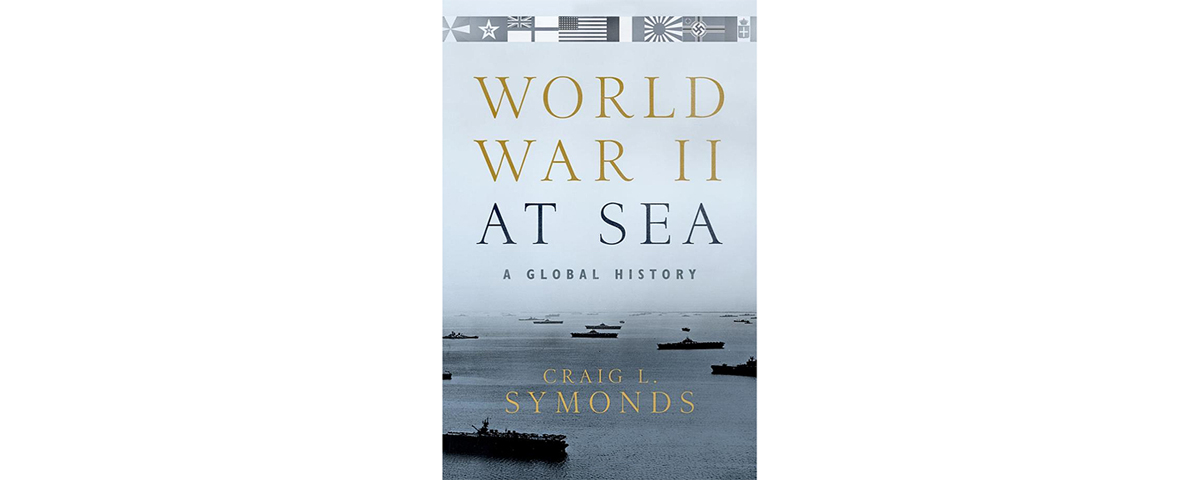World War II at Sea: A Global History, by Craig L. Symonds, Oxford University Press, New York, 2018, $34.95
When discussion of World War II arises, one’s thoughts might naturally drift to the great land battles of history’s bloodiest conflict—the brutal sieges at Stalingrad and Moscow, the roiling Battle of the Bulge, the slugfest to conquer the Nazi capital of Berlin. But Craig Symonds, the Ernest J. King professor of maritime history at the U.S. Naval War College and a professor emeritus at the U.S. Naval Academy, takes on a different mission with his new work: to explore every naval aspect of the war.
He does so in thorough detail—from October 1939, when a German U-boat sank a British battleship at Scapa Flow off Scotland’s northern coast, to the September 1945 formal surrender of the Japanese aboard USS Missouri in Tokyo Bay.
Symonds concedes that many books have focused on the maritime aspects of World War II, but narrowly and too often from the victor’s perspective. “No single volume,” he argues, “evaluates the impact of the sea services from all nations on the overall trajectory and even the outcome of the war. Doing so shows how profoundly the course of the war was charted and steered by maritime events.”
While meticulously recounting and analyzing the tactical and strategic aspects of each naval engagement, Symonds also fleshes out the personalities involved. For example, consider his description of British Adm. Sir Andrew Browne Cunningham, who commanded an Anglo-French naval force based in Egypt early in the war and went on to become first sea lord:
Cunningham’s reputation was not that of a diplomat. He was a man with exacting standards, a confident manner and an assertive physiognomy [with]…a jawline like a battleship’s bow.
Readers interested in the technical aspects of weaponry will find plenty to appreciate. Symonds offers extensive details on displacement tonnage, armaments and other attributes of the vessels in his narrative, including a lengthy riff on the LST—officially “landing ship, tank,” but derided by U.S. veterans as a “large, slow target.”
Extensively researched, generously illustrated with maps, charts and photos, including intriguing portraits of key participants both famous and obscure, World War II at Sea is as broad and deep as the far-flung waters that serve as its contextual backdrop. It’s a worthy addition to any maritime history buff’s book locker.
—Charles Vinch





